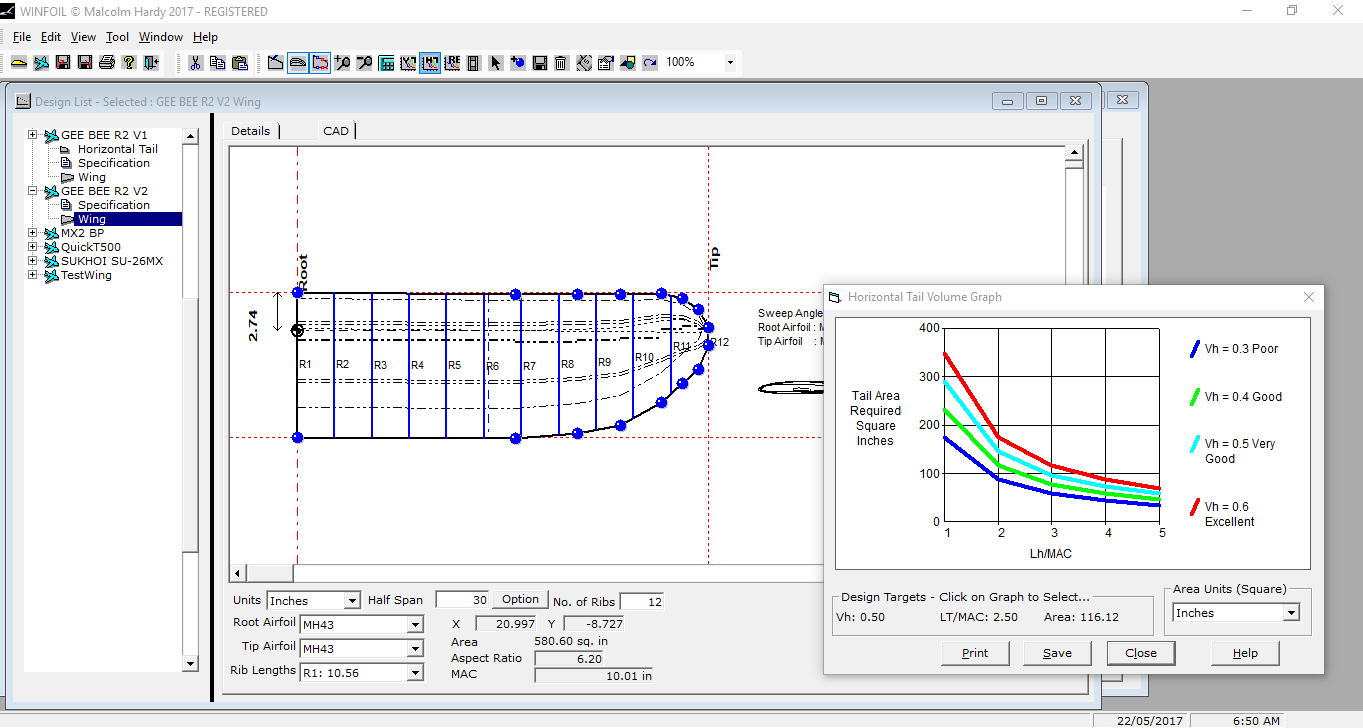


There is a learning curve here and XFLR5 will take a couple days or more to master. Polar data for individual airfoils can be exported to text files for later use in Airplane PDQ, although some editing is required. If multiple airfoils are opened, XFLR5 displays the analysis results on one graph so the user can make direct comparisons. All the graphs can be formatted with custom colors and lines. The data can be displayed in five standard graphs or the user can specify the variables to be graphed. Airfoils are analyzed in batch mode to generate their polar data. New airfoils can be created with splines or by editing the parameters of other airfoils. The user can change the camber or thickness of airfoils or blend two airfoils into one by interpolation. Over a thousand different airfoils can be loaded from the UIUC airfoil database using standard. Let’s start with airfoil development: The airfoil module can generate 4 or 5 digit NACA airfoils internally. Despite the disclaimer, XFLR5 demonstrated impressive results during my usage. This program is distributed without any warranty without even the implied warranty of merchantability or fitness for a particular use”. The code’s use for all other purposes, especially for the design of real aircraft, is strongly disapproved.
#Rc wing airfoil generator software software
Did I mention the software also makes pretty pictures and that it’s FREE? The developer of XFLR5 includes the following disclaimer: “XFLR5 is written exclusively for the design of model sailplanes. Recent versions can perform a 3D panel analysis for an entire aircraft. XFLR5 adds wing design analysis based on Lifting Line Theory and the Vortex Lattice Method. The XFOIL kernal provides direct and inverse analysis capabilities for the design of subsonic airfoils. This program provides a graphical user interface for the text-based XFOIL program, which is fully integrated into XFLR5. XFLR5 One of the most valuable tools for designing the wing of my airplane was XFLR5 software.


 0 kommentar(er)
0 kommentar(er)
